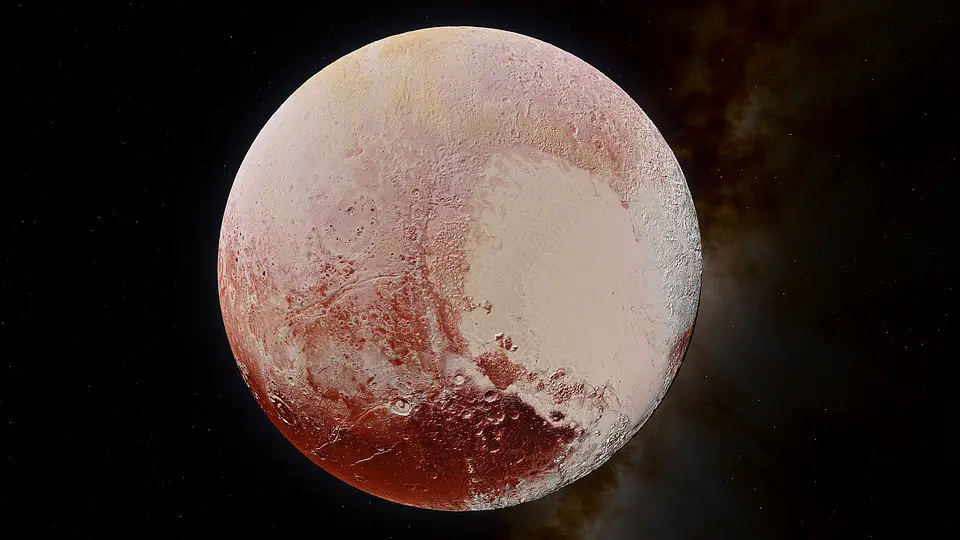Pluto is a dwarf planet. It is the second-largest known dwarf planet after Eris, an object in the scattered disc with a diameter of 2300 km (1430 mi). Pluto has been described as the solar system’s “ninth planet” since its discovery in 1930, but was reclassified as a dwarf planet and plutoid because it is only one of several large bodies within the Kuiper belt.
Pluto was considered a planet when it was discovered in the 1930’s, then it was classified as a dwarf planet in the 2006’s. Originally classified as the ninth planet from the Sun, Pluto has an eccentric and highly inclined orbit that takes it inside the orbits of Neptune (which is 17 times larger than Pluto) and outside those of Saturn (which is 10 times larger).
For better or worse, the definition of a planet is about to get a whole lot more complicated. The International Astronomical Union (IAU) has been debating for years whether or not to change Pluto’s classification from “planet” to “dwarf planet.” The scientific world is changing its mind about Pluto. Last summer, the International Astronomical Union (IAU) reclassified Pluto from planet to dwarf planet. These days, scientists are spending a lot of time looking at what’s been called the Kuiper Belt, an area beyond Neptune that includes Pluto and numerous other objects.
Characteristics Of Pluto
The characteristics of the dwarf planet Pluto include its eccentric orbit, low surface temperature and a lack of atmosphere. Pluto orbits the sun and has five moons. It was discovered by a scientist known as Clyde Tombaugh in 1930’s, who was working for the Lowell Observatory in Flagstaff, Arizona. Pluto has five moons. Charon is the largest, and was discovered in 1978 during a series of occultations of stars by Pluto. It is so large that Pluto’s mass is slightly more than half of the total mass of the Pluto–Charon system. The other four moons are Nix, Hydra, Kerberos, and Styx. All were discovered between 2005 and 2012, and all are thought to be irregularly shaped objects.
The first time a planet was discovered in the solar system, it took astronomers several centuries to figure out its exact position. The fact that this happened is due to the fact that when people see an object moving in the sky, they usually can’t tell whether it’s a planet or not. The Space Agency of NASA recently published a series of photos showing all planets in our solar system and placed them in their correct orbits.
Pluto, once considered the 9th planet in our Solar System, has recently been demoted to a dwarf planet. While it is not| recognized as a full member of the 8 planets that orbit our Sun, Pluto is still very much an important part of space. Pluto is the second largest and second most massive known dwarf planet. It was the first outer solar system object to be discovered. Like other Kuiper belt objects, Pluto is composed largely of rock and ice and is relatively small about one-sixth the mass of the Moon
and one-third its volume.
Status Of Pluto In Solar System The existence of Pluto was first predicted by Percival Lowell in 1894 after the discovery of Uranus ten years earlier. However he did not live to see it discovered as he died in 1916. Clyde Tombaugh, a young astronomer working at Lowell’s observatory, caught sight of Pluto with his telescope on 18 March 1930. After several nights’ work analyzing its motion against background stars, he concluded that the object was moving too slowly to be a comet and too quickly to be an asteroid. After all, Pluto is tiny and far away. But in 2006 the International Astronomical Union (IAU) announced that they were going to demote Pluto from planet status to dwarf planet status. The announcement caused quite a stir among astronomers, school children, and science nerds everywhere
![]()
